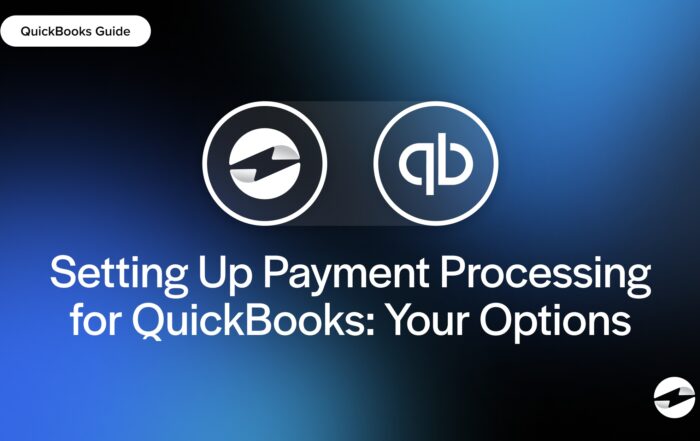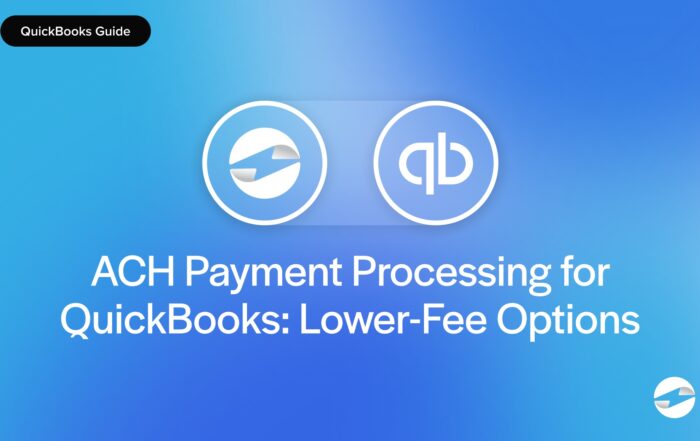What is a sales order?
A sales order is a document that confirms a customer’s purchase request before the order is fulfilled. It’s a bridge between the sales process and order fulfillment. Sales orders help ensure accurate product details, correct pricing information, and clear delivery expectations. A manufacturer receives a verbal order for 1,000 units. The sales rep on the call made a mistake and accidentally entered 10,000 units. Without a sales order, the production team might go ahead and produce those 10,000 units. This huge mistake would cost the company time, money, and resources. With a sales order in place, the customer would still have a chance to review the order and catch the mistake before fulfillment.
When a business gets a purchase request from a customer, it creates a sales order to confirm the item quantities, prices, payment terms, and delivery schedules. Sales orders are typically for internal use, but companies sometimes send a copy to the customer to ensure everything is accurate, especially for large or custom orders.
Key Points
- A sales order is a critical document the seller creates to confirm the details of a customer’s purchase before fulfillment, ensuring pricing, inventory, and delivery accuracy.
- Understanding the difference between sales orders, purchase orders, and invoices helps businesses streamline operations. It also reduces errors and ensures clear communication throughout the sales process.
Sales order format
A standard sales order includes key details to speed up order processing. Formats can vary by business, but most sales orders have the following:
- Order Number – A unique identifier to track.
- Customer Information – Name, contact details, and billing/shipping address.
- Order Date – The date the order was placed.
- Item Details – Description, quantity, unit price, and total price for each item.
- Payment Terms – Payment method, due dates, and potential discounts.
- Shipping Information – Delivery method, expected shipping date, and tracking details.
- Order Status – Pending, confirmed, or shipped.
Having a standard sales order format makes it easier for businesses to reduce errors and improve communication between teams.
Sales order, invoice, and purchase order
Sales orders, invoices, and purchase orders all play a part in the sales process, but serve different purposes.
| Feature | Sales Order (SO) | Invoice | Purchase Order (PO) |
|---|---|---|---|
| Created By | Seller (vendor/supplier) | Seller (vendor/supplier) | Buyer (customer/business) |
| Purpose | Confirms a customer’s order before fulfillment | Requests payment after order fulfillment | Requests goods/services from a supplier |
| Timing | Before goods/services are delivered | After goods/services are delivered | Before goods/services are ordered |
| Content | Items, prices, and delivery terms | Final charges, payment due date | Supplier info, order details, payment terms |
| Recipient | Sent to customer for confirmation | Sent to customer for payment | Sent to supplier for approval |
| Direction | Outgoing – seller to buyer | Outgoing – seller to buyer | Incoming – buyer to seller |
Sales order vs invoice
A sales order is created before goods or services are delivered to confirm an order. An invoice is issued after delivery to request payment. A sales order lists items, prices, and delivery terms. An invoice includes the final charges and payment due date. Think of a sales order as a promise to deliver, whereas an invoice is the official bill.
Sales order vs purchase order (PO)
The buyer creates a purchase order to request goods or services, while the seller creates a sales order to confirm the sale. The purchase order starts the buying process, while the sales order confirms the transaction before fulfillment.
Just remember, a purchase order starts the buying process, a sales order confirms it and an invoice completes it. Understanding the difference between sales orders, invoices, and purchase orders helps businesses manage their operations more efficiently.
Sales orders are key to reducing errors, creating smoother order fulfillment, and keeping businesses organized. They help companies track sales, manage inventory, and keep financial records accurate.
You May Also Like
Read More
Read More
Read More
Read More



